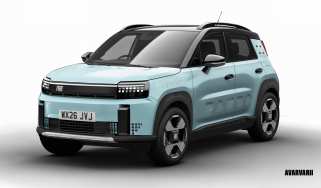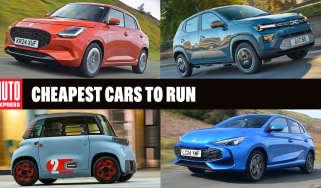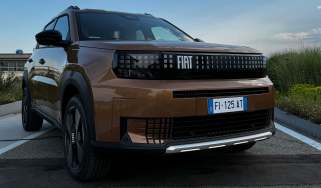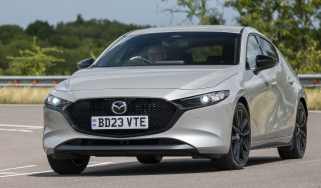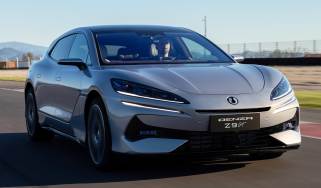The small petrol car lives! Pint-sized Fiat Pandina due in 2027
Fiat will build a new city-sized Pandina based on the new 500 platform, bringing a proper, petrol powered A-segment city car to market as early as 2027
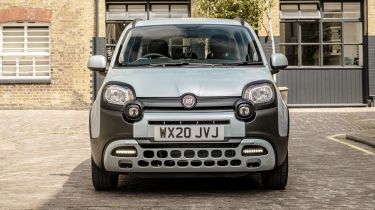
Fiat’s not giving up on the city-size car class, with confirmation the Italian brand will build a new baby Panda, or Pandina, in the coming years. It will join the funky Grande Panda and its larger range siblings that we broke news of last year, and pack a hybrid powertrain largely to satisfy European markets.
Fiat’s CEO Olivier François told Auto Express: “We will do an A-segment Panda, maybe not this year, or next, but after that.” The news came during the launch of the Grande Panda, a new generation of B-segment Panda models. The very telling ‘Grande’ moniker suggests that a smaller sub-four-metre version that’s closer to the mould of the original Panda is also on the cards.
The A-segment Pandina will be 3.6 metres long, around 30cm shorter than the Grande Panda, which will rule out basing it on the same underpinnings as most of Fiat’s future models. François told us: “The Smart Car platform was perfect for Fiat, but I can’t go any smaller than four metres, which is Grande Panda.”
Instead, Fiat will use the 500e architecture to create the Pandina, but fitted with a petrol-hybrid powertrain. Despite the 500 being designed initially with an electric motor, Fiat has re-engineered the platform to fit a hybrid engine due to customer demand and softening EV sales.
This will help keep a cap on the cost per unit, and therefore retain a competitive purchase price for Pandina customers. It will almost certainly feature the same 1.2-litre hybrid powertrain that will be available in the 500 Ibrida later this year.
But Fiat is very clear about all the pitfalls of building a modern city car, with significant challenges as the market continues to evolve. François said: “A-segment cars in Italy are a must, but all cars have to be global and there’s just not that much of a market for cars of this size elsewhere, which makes it a challenge.”
In order to make the sums work, the Pandina will be designed to be simple and cost-effective. While not aesthetically driven by the Centoventi concept of 2019, François told us: “It will have the same philosophy as the Centoventi. It needs to be simple, innovative. What can we leave out? What do we actually need inside? This will help keep the costs down.”
The Pandina will join the upcoming Volkswagen ID.1 and Renault Twingo in the next generation of compact, clever and efficient A-segment models. The key difference is that at least initially, Pandina will also offer that hybrid powertrain, bringing costs down compared with its all-electric rivals.
But the fact that it shares its core underpinnings with the all-electric 500e will mean that if markets warm up to electric cars again, or legislation forces them into it, the Pandina will be ready and waiting to accept a BEV powertrain with relatively little effort or expense.
Regardless of powertrain, the A-segment is still a very difficult place to make a profit, and François was blunt in saying: “In order to make money from it, we’ll need to sell them in huge numbers, but I’m confident that we will.”
Can't wait for the Pandina? These are the best city cars to buy....
Find a car with the experts



